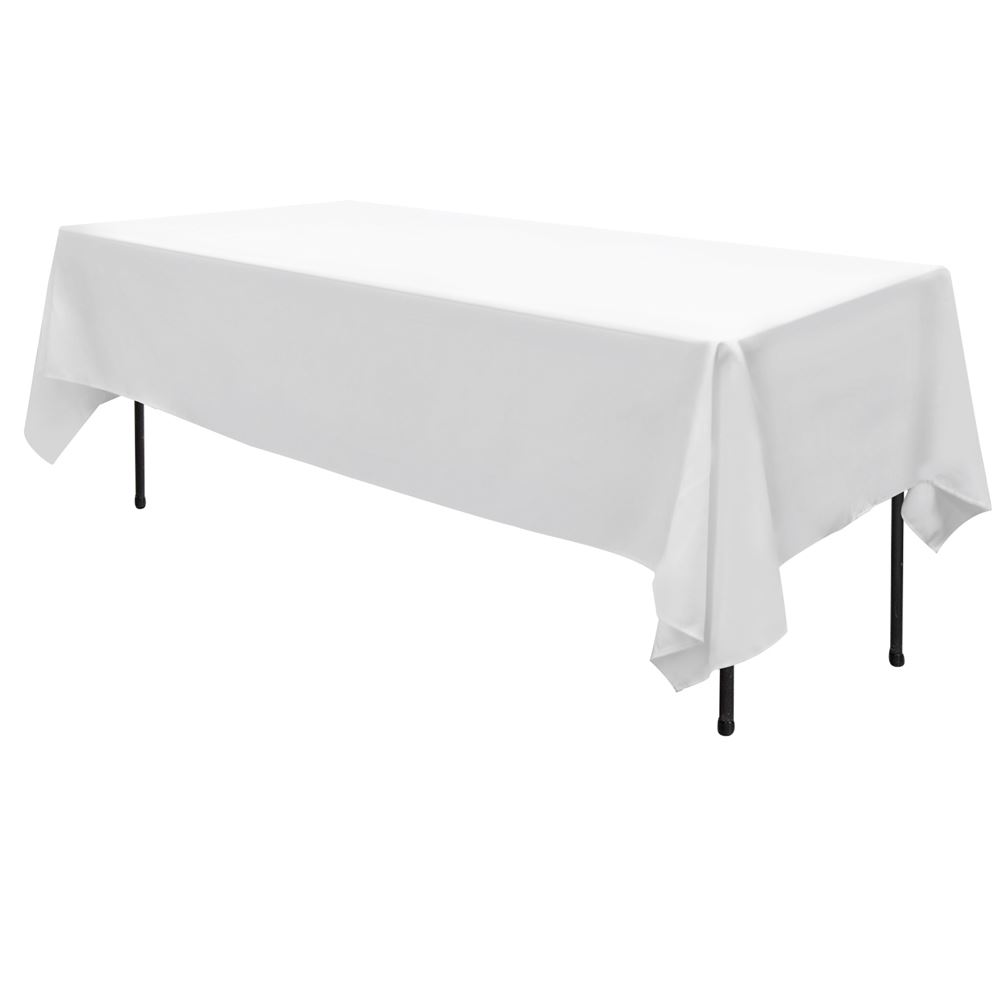Top Quality Flat Sheet Option: Convenience and Durability for Every Bed
Top Quality Flat Sheet Option: Convenience and Durability for Every Bed
Blog Article
Linen Textile Innovations: Exploring Modern Trends and Creative Applications in Style and Fabric Market
From lasting production methods to cutting-edge weaving modern technologies, the advancement of bed linen is improving the landscape of the fabric market. As we dig into the realms of imaginative layout applications and the introduction of linen blends and crossbreed textiles, a new phase unravels in which bed linen's function in future fabric technologies takes center stage.
Lasting Practices in Linen Manufacturing
Lasting methods in linen production have actually become increasingly critical in the fabric industry's initiatives to reduce environmental influence and promote moral sourcing techniques. Bed linen, an all-natural fiber derived from the flax plant, supplies a variety of benefits such as resilience, biodegradability, and breathability. However, standard approaches of linen manufacturing can include substantial water consumption, chemical usage, and energy-intensive processes.
To attend to these challenges, many textile makers are taking on sustainable methods throughout the bed linen production process. This consists of sourcing flax from natural farms that stay clear of harmful pesticides and chemicals, carrying out water-efficient retting methods to essence fibers from the flax stalks, and utilizing environment-friendly dyes and coatings. Additionally, some companies are purchasing renewable resource sources to power their production facilities and minimizing waste through recycling and upcycling efforts.
Technical Innovations in Linen Weaving
With the growing emphasis on sustainable methods in linen manufacturing, the fabric industry is now seeing a surge in technological developments particularly focused on changing the art of bed linen weaving. These innovations are reshaping the way linen textiles are created, using boosted performance, quality, and imagination in weaving methods.
Among the crucial technological developments in linen weaving is the integration of computerized looms. These advanced looms are furnished with software program that permits for detailed and intricate styles to be woven with precision. By digitizing the weaving procedure, manufacturers can attain higher consistency and accuracy in their bed linen textiles.
Moreover, improvements in yarn spinning technology have allowed the production of finer and even more long lasting linen threads - table cloths. This causes softer and smoother linen fabrics that preserve their top quality even after multiple usages and laundries
Additionally, the growth of green dyeing procedures and finishes for bed linen textiles is acquiring traction. These lasting practices not just decrease the ecological effect but additionally accommodate the increasing customer demand for morally created fabrics.
Creative Style Applications for Bed Linen
Cutting-edge artistic strategies are increasingly shaping the innovative layout applications for bed linen in the textile industry. Linen's all-natural visual appeal and capability to blend with other materials make it a preferred selection for developing unique garments and accessories that cater to the eco aware customer.
Moreover, designers are exploring with linen in home decoration, using its breathable and sturdy nature to craft trendy furnishings such as curtains, bed linen, and upholstery. The structure and drape of linen bring a sense of class and comfort to indoor areas, adding a touch of sophistication to contemporary homes.

Linen Blends and Hybrid Fabrics

Hybrid fabrics, on the various other hand, take the idea of blending an action even more by including extra components such as metal threads, recycled products, or conductive fibers. These innovative fabrics not only increase the style possibilities however also present functional facets like conductivity, antimicrobial residential or commercial properties, or enhanced longevity. Hybrid textiles are progressively being made use of in different sectors, including style, interior style, and technical textiles, where the demand for multifunctional products is on the increase.
Bed linen's Function in Future Fabric Innovations

In the realm of future textile developments, linen is expected to be a principal in the development of sophisticated useful fabrics. Researchers and developers are exploring ways to enhance linen's integral qualities through technical innovations, such as incorporating wise fabrics, nanotechnology, and efficiency finishes. These technologies aim to boost linen's performance qualities, making it appropriate for a wider variety of applications, from activewear to safety garments.
Additionally, the mix of bed linen with other natural or artificial fibers opens up countless opportunities for creating novel fabrics with unique homes and performances. By leveraging linen's features and checking out innovative blends, the fabric market is positioned to present exciting developments that satisfy progressing customer demands and sustainability requirements.
Final Thought
To conclude, the exploration of sustainable practices, technological advancements, imaginative style applications, linen blends, and its duty in future textile innovations highlight the continual development of bed linen material in the modern design and fabric industry. With an emphasis on innovation and creative thinking, the convenience and environmentally friendly nature of bed linen make it an important material for manufacturers and developers alike, leading the way for more advancements and innovations in the area of textiles.
As we dig right into the realms of imaginative style applications and the development of linen blends and crossbreed textiles, a brand-new chapter unfolds in which linen's role in my site future textile advancements takes facility stage.
Exploring the combination of linen with other fabrics has led to the appearance of innovative blends and hybrid these details textiles in the contemporary textile sector. Linen blends supply an one-of-a-kind combination of the qualities of linen with those of various other fibers, resulting in materials that possess enhanced residential properties such as raised sturdiness, improved draping, and minimized wrinkling.The evolution of linen blends and hybrid fabrics has actually established the stage for Linen to play an essential role in driving future textile innovations.In the realm of future textile advancements, bed linen is expected to be an essential player in the development of innovative practical materials.
Report this page